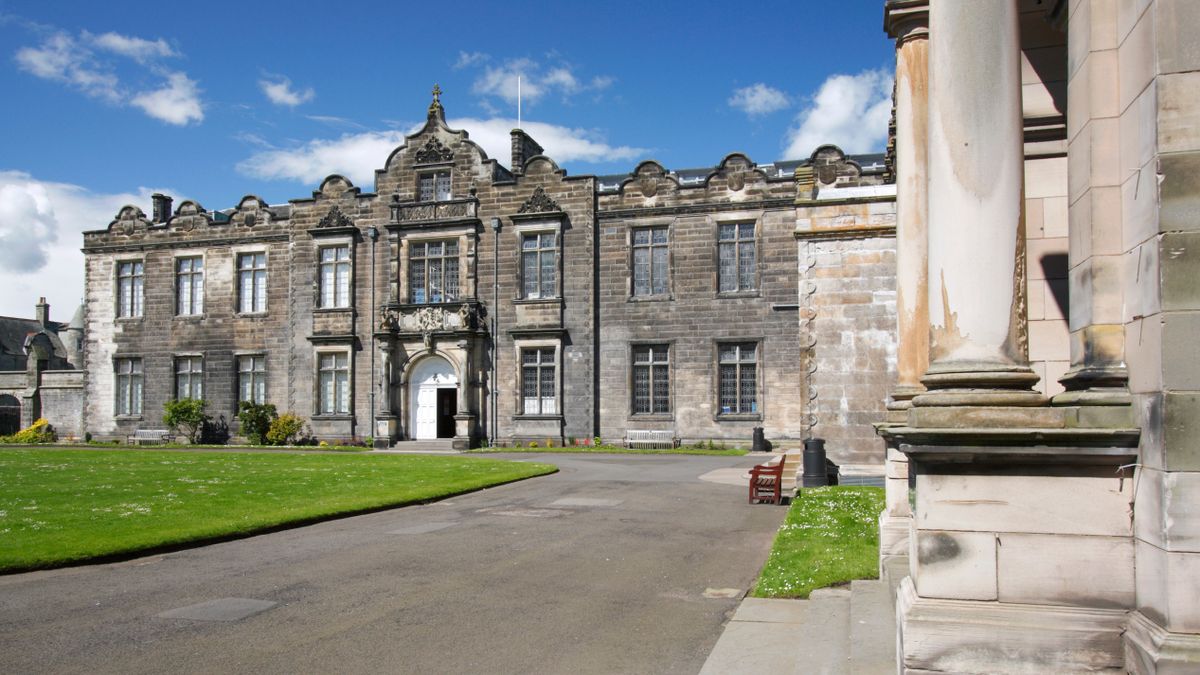At the board level, sustainability is becoming a serious talking point. With generative AI driving demand for data centers and in turn pushing up emissions, leaders have to think about their company’s carbon footprint.
Ben Holme, associate CIO for infrastructure at the Univeristy of St Andrews, is one such leader. His role demands he take care of the university’s cloud and networking systems, as well as its servers, storage, and data centers.
Holme tells ITPro that just as everyone plays a role when it comes to cybersecurity, every department also has a responsibility to help their organization hit its sustainability targets.
“Sustainability is really, really important to us,” Holme says. “We are teaching the leaders of tomorrow, so it’s important that we entrench this in students,” he adds, explaining that the institution tries to embed it into everything it does.
This was ultimately the improvement the University of St Andrews saw when it made the move to Pure Storage’s flash solutions, despite it not being the initial trigger for making the switch.
“When I started in the role five years ago, we had Dell storage solutions,” Holme says. “We had a flash-based solution for our block storage platform, and we had … disk-based solution for file.”
Around five years ago the previous disk-based solution was updated to a disk-based solution that operated with a very small amount of flash acceleration in the front end. Holme was in charge of reconsidering the university’s approach to storage, driven largely by spiraling bills.
“At the time, cost was a big factor, because extending the incumbent platform in both support and capacity was actually quite expensive,” he tells ITPro. “So it made us stop and think if that’s what we wanted to continue doing.”
After conducting an analysis and seeing what else was available, Holme and his department opted for Pure Storage’s solution: a pair of FlashArray// X20s, with an eventual upgrade to X70s.
While the price of storage was the spark for change, Pure’s message on sustainability helped to reel St Andrews in as a client. “There was a very clear message around Evergreen and it felt a genuine message for me, it wasn’t just marketing,” he says.
He adds that Pure was the most efficient option on the market for St Andrews, as the other two options in contention required either one and a half times or two times the energy to run without any added peripherals such as network switches or virtual machines (VMs).
Over the course of ten years, the University of St Andrews is predicted to save around 150,000 kilowatt hours (kWh) of electricity through Pure Storage’s solutions. That’s enough to power 42 homes for a full year per Ovo figures, or over 1,000 desktop computers for the full decade per Energy Sage.
Holme notes he was also drawn to the potential escape from step migrations. If using the Pure platform worked out for the university, it could avoid doing any step migrations in the future.
A seamless transition
Holme struggles to recall any bumps in the road when it comes to working with Pure.
“The Array//Xs have basically sat there and done their thing,” he tells ITPro. “The only excitement we had on them recently was we had to move one of them,” Holme says. Even this was a simple process, as the storage system was able to be powered down by a simple pulling of the plug.
This, Holme says, came as a shock. After 10-20 years working with storage systems, having always made sure to shut storage down clean, and drain the caches, just unplugging the unit was a very different experience.
“They said unplug it. We unplugged it. They said, ‘If you put it back within – maybe it’s two hours, I forget now – all of the ActiveSync state will stay and it will just carry on as if nothing had ever happened. And it did.”
Looking to the future, Holme says St Andrews is paying close attention to new Pure offerings, including active cluster for file and enhanced file services through Pure Storage Fusion.
“The base product gives us what we need, I think that’s the first thing to say,” Holme adds. “I have the confidence that we have the performance, the current capacity, but also empty slots to increase that capacity, certainly for the next three to five-year window.”
Source link
